CeBIT America 2003
Jun 18, 2003, 7:00 PM by Rich Brome
Live report from CeBIT America 2003, which took place in June in New York City. Info and photos of the new Treo 600, as well as phones from Siemens, Sprint PCS, and NTT DoCoMo.
Intro
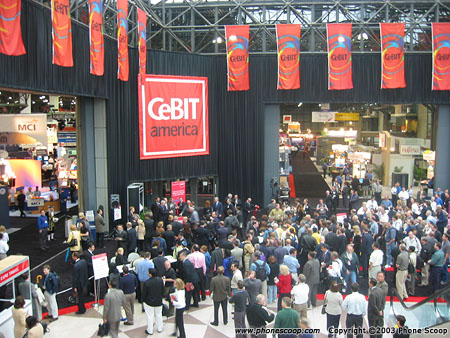
CeBIT America 2003 was held June 18th-20th at the Jacob Javits Center in New York City. CeBIT is known for large exhibitions in Europe and Asia, but is just coming to North America for the first time this year. It was a decidedly small show, focused mostly on the enterprise (corporate) market. There were a handful of things to see related to mobile phones.
The only major new product announcement was the Handspring Treo 600, a very impressive new Palm OS smartphone. Also of interest was the first working Siemens SX1 to be shown in the U.S., and working demos of the latest phones for Japanese carrier NTT DoCoMo.
Treo 600
The Treo 600 from Handspring was the only major new mobile phone announcement at the show. While the device wasn't exactly top-secret before the show, many important details were revealed for the first time. The device will be released in two major versions: dual-band CDMA and quad-band GSM. The initial versions (with the dark-silver color scheme) will be launched by Sprint PCS in the U.S. and Orange S.A. in Europe. A month or two later, a generic GSM version will also become available, (in the lighter silver color,) which will be offered by T-Mobile USA, Cingular, and AT&T Wireless. Being dual-band, the CDMA version could also conceivably be carried by Verizon Wireless or smaller CDMA carriers, although no such agreements have been announced thus far.
One of the key innovations in the Treo 600 is the new five-way navigation system, which lets users navigate and use most functions of the device one-handed. Most of the built-in applications will be enabled for this new navigation, and Handspring will open the API to third-party developers, so they can add support to their applications as well.
The new Treo boasts an impressive feature list. The integrated VGA camera takes photos that can be sent via MMS, or as e-mail attachments. A massive 1800 mAh battery gives the phone an impressive 6 hours of talk time. The new browser supports JavaScript as well as CSS (style sheets). An SDIO slot on the top of the device accepts memory cards, as well as peripherals such as Wi-Fi and Bluetooth cards. Speaking of Bluetooth, the Handspring engineers specifically left room on the Treo 600 circuit board for a Bluetooth module. It won't be included in initial releases, but Handspring spokesperson Brian Jaquet said there was very strong possibility that an updated version would be released with Bluetooth.
SX1
Siemens had a table at the Digital Experience press event the night before the show, where one of the first working units of the SX1 was on display. The SX1 is one of the first non-Nokia phones to use Nokia's Series 60 smartphone platform, which is powered by a Symbian OS core. On the hardware side, the SX1 is considerably smaller than the Series 60 devices from Nokia so far, while still packing in features such as a large display, MMC card slot, and camera. On the software side, the SX1 sports a sleek interface, and number of extra applications not included on Nokia models.
The display is quite nice - comparable to the display on a Nokia 3650, although with 65,000 colors, compared to the Nokia's 4,096. The odd numeric keypad, however, is quite cumbersome, even when using two hands. Keypad aside, the phone has a great feel to it. In photos, it looks slightly smaller than the 3650, but in real life, it feels much smaller.
Siemens
Siemens was also showing several other phones announced in March, including the M55/M56, and the SL55/SL56. The M-series is surprisingly small, with a very unique but functional design. The SL-series uses the increasingly-popular sliding form factor. What sets the Siemens SL apart from other "sliders" is the incredibly small size. The keypad is very easy to read and use - the tightly-spaced keys aren't as tricky as they look. One slight annoyance - for me anyway - is the relatively low screen resolution. It's 101 x 80 pixels, which gives it a distinct "low-tech" feel compared to other new phones. But it's still perfectly useable, and probably won't bother most people. Overall, it's a great design.
Sprint
Sprint PCS was displaying its latest models for business users, including a full lineup of PDA phones. The Hitachi G1000 is the first Pocket PC device with a built-in keyboard. It's rather bulky and a bit heavy, but between the keyboard and the VGA camera, it's what a lot of business users have been waiting for, and it should be quite successful.
The i500 fills another void - a full-fledged PDA/phone with the size, convenience, and durability of a normal cell phone. It's impressively small. The lack of external display may turn off some phone users, but for anyone who needs the smallest possible PDA/phone, the i500 can't be beat.
Also shown was the Sony Ericsson T608, the first CDMA phone with integrated Bluetooth for North America. Besides Bluetooth, it also represents the first CDMA phone with a real "GSM feel" to it. By that, I mean it has all of the thoughtfulness and "polish" that GSM users have come to expect from the major manufacturers like Nokia and Sony Ericsson. The user interface, in particular, is head-and-shoulders above the interfaces on most CDMA phones.
DoCoMo
NTT DoCoMo, the industry-leading Japanese carrier, definitely had one of the most attention-getting booths at the show. It's not completely clear why they were exhibiting at a show targeted at the U.S. market, since they don't directly offer any services here. I assume they are simply trying to establish a global reputation. They do hold a stake in AT&T Wireless, and have been a driving force behind AT&T's 3G plans, but they didn't seem to be promoting any of that at this show.
They were showing their two current flagship phones - the P2102V 3G phone from Panasonic, and the SO505i 2.5G phone from Sony Ericsson. The P2102V has a unique display that twists sideways, like a consumer camcorder, for taking pictures and video clips using a camera embedded in the hinge. It also has a second camera above the display, for two-way video-conferencing.
But the Sony Ericsson SO505i was the real show-stopper. Just released in Japan, (and already a hot seller,) the SO505i is the highest-resolution camera phone in the world at the moment, boasting 1.3 megapixels. It also sports a unique swivel design, scroll wheel, unique flip-up antenna, and a photo light for taking photos in low light. It also has just about every other feature you could imagine, such as a Memory Stick Duo slot, "i-appli" Java support, and several attractive, animated menu themes.
The most stunning aspect of the SO505i, however, is the absolutely beautiful display. As with many newer high-end phones, it's a TFT LCD that can display 260,000 colors. But unlike most current displays, it uses the very latest low-temperature polysilicon TFT technology, and has an incredible 256 x 320 pixel resolution - more than most PDAs! The photos below don't do it justice - it's really quite amazing to behold.
Unfortunately, neither phone is compatible with any networks outside of Japan.
JavaOne
Bonus! Okay - so this has nothing to do with CeBIT, but I thought I'd throw in some extra photos from the JavaOne conference, which took place the week before CeBIT. Motorola was there, showcasing its upcoming Java phones, and had a working A760 and E380 on display. The E380 has a unique flip-up design.
The A760 will be the world's first phone with a Linux operating system. Stay tuned - in a few weeks, I'll have a whole lot more to share regarding the A760.
photos by Frank Harris


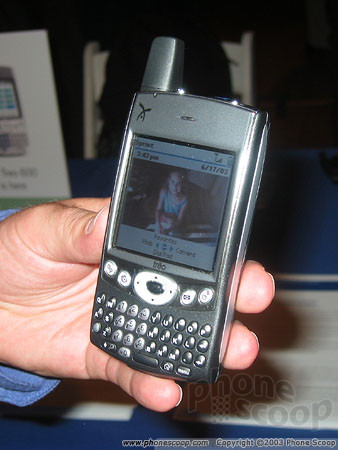






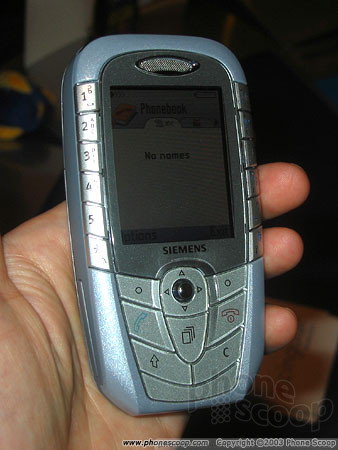



















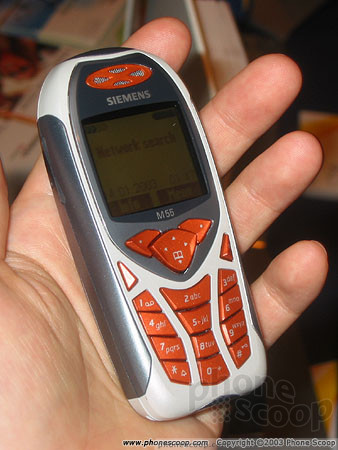






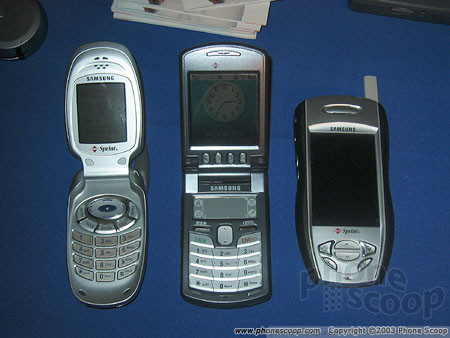










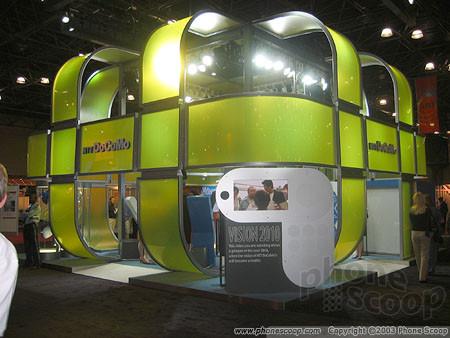














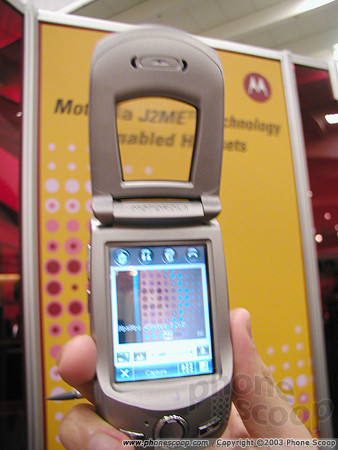






 iPhone 14 Plus Offers a Big Screen For Less
iPhone 14 Plus Offers a Big Screen For Less
 Samsung S24 Series Adds More AI, Updates the Hardware
Samsung S24 Series Adds More AI, Updates the Hardware
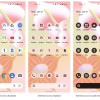 Android 13 Will Bring Improved Privacy, Personalization
Android 13 Will Bring Improved Privacy, Personalization
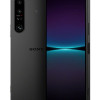 Sony's New $1,600 Flagship Sports Seamless True Optical Zoom
Sony's New $1,600 Flagship Sports Seamless True Optical Zoom
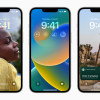 iOS 16 Revamps the Lock Screen
iOS 16 Revamps the Lock Screen

